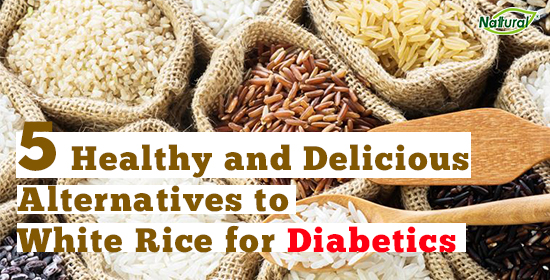For diabetics in the Philippines, there is only one culprit. Definitely not sweets or even sugar. It’s rice. Specifically white rice. It was said that it will take as much as a whole year for Filipinos to adjust to the absence of rice when immigrating to other countries where rice is not a staple source of starch. Which can be really bad news for diabetics being diagnosed for the first time.
Fortunately for you, there are a lot of rice alternatives that you can choose from. However, some of these alternatives might be as carb-rich as rice or less fulfilling when eaten. To help you get over rice, we’ve listed five healthy and delicious alternatives that you can cook to replace the previous starch of your life.
1. Quinoa

One of the most popular health foods in the world and probably the most expensive if you’re in the Philippines. Which is pretty understandable since there are only a few farms here in the Philippines that produce this grain type. Understandable too is the price, considering the tons of health benefits that you’ll get from this uber-healthy rice substitute.
- Full of vitamins and nutrients (B-vitamins, potassium, calcium, phosphorus, and vitamin E)
- Full of flavonoids, plant antioxidants that fight off free radicals
- Contains a high amount of fiber, higher than most grains
- Gluten-free
- Very high in protein
- Low Glycemic Index score
- Has beneficial effects on metabolic health
Another advantage that quinoa has is that it is very easy and very versatile to prepare. It not only tastes good, but it also tastes good even if paired with other dishes.
2. Colored Rice
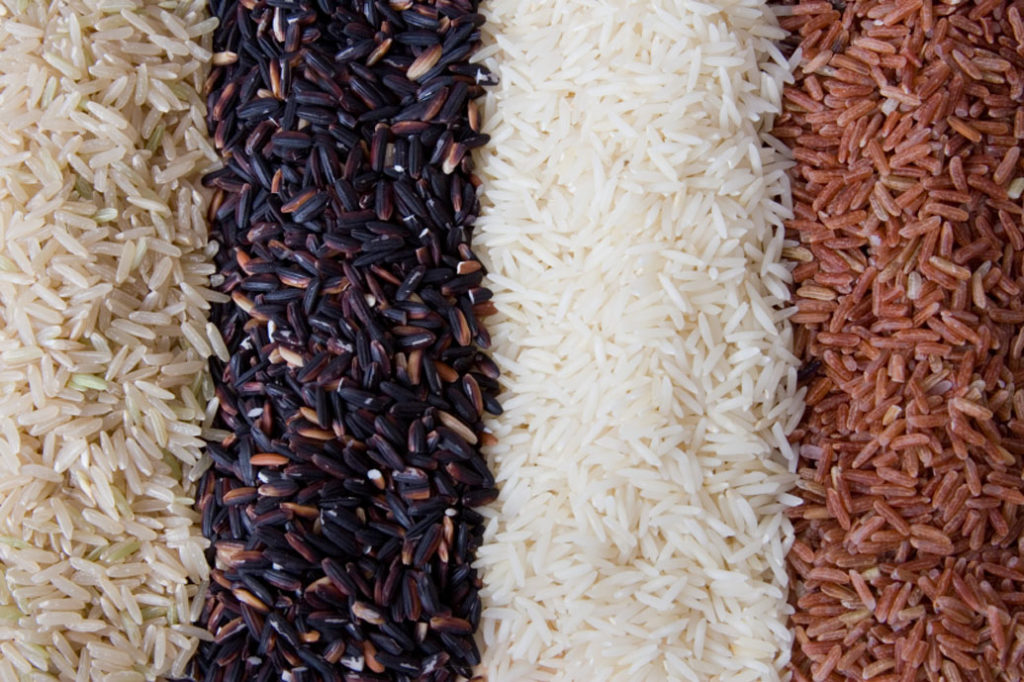
Less processed and possessing more fiber than ordinary rice, colored rice (brown, red, black, and even purple) are even tastier than regular and bland white rice. However, they are also a tad pricier compared to your usual rice. What cancels out the disparity in price is the even wider disparity in health benefits. Colored rice has the following health benefits over white rice:
- Full of antioxidants that have anti-inflammatory and anti-carcinogenic properties
- High in fiber
- Contains high amounts of protein
- Contains high amounts of iron
Since white rice is heavily processed, most of the nutrients that it originally contains are removed. According to Dr. Marissa V. Romero of the Philippine Rice Research Institute, as much as 15% of protein, 85% of fat, 80% of thiamine, 70% of riboflavin, 68% of niacin, 90% of calcium, 75% of phosphorus, and 60% of all the other minerals are removed during the polishing process of rice.
3. Adlai
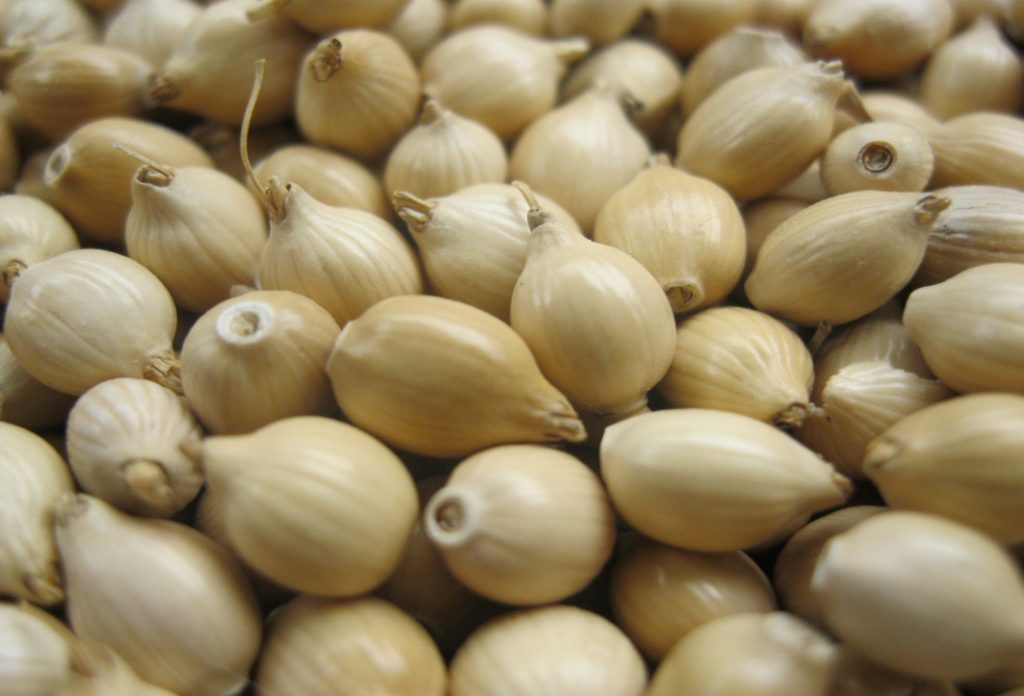
 Also known as Job’s Tears, Adlai is a gluten-free grain that is now gaining steam as an alternative source of starch here in the Philippines. Easy to grow and very nutritious, the Philippine Department of Agriculture even stated that Adlai has the potential to solve the country’s food security problem. Other than its gluten-free nature, Adlai also possesses the following health benefits:
Also known as Job’s Tears, Adlai is a gluten-free grain that is now gaining steam as an alternative source of starch here in the Philippines. Easy to grow and very nutritious, the Philippine Department of Agriculture even stated that Adlai has the potential to solve the country’s food security problem. Other than its gluten-free nature, Adlai also possesses the following health benefits:
- High in fiber
- Full of protein
- Contains anti-inflammatory properties
- Contains blood sugar support properties
- Helps lower the bad cholesterol level of the body
Another thing going for Adlai is the fact that it is very easy to cook – one part Adlai to two parts of water, a bit the same to how rice is cooked. And, yup, you can use your rice cooker to cook Adlai too.
4. Boiled Plantain
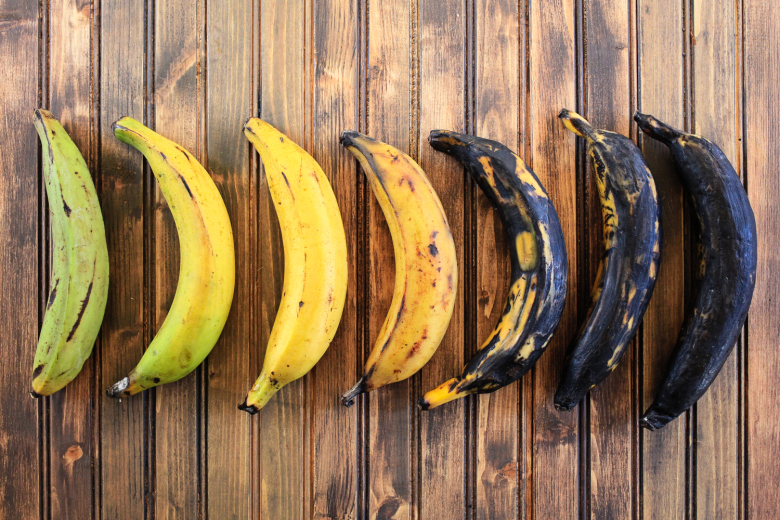
Considered as starchy vegetables, the plantain can be a good rice replacement for diabetics provided that it is prepared without added fat, sugar, or salt. Other than that, the plantain also contains its fair share of health benefits:
- Full of antioxidants that fight free radicals
- Contains cardiovascular support properties
- Helps in weight management
- Full of fiber
- Full of vitamins and nutrients (Potassium, Protein, Magnesium, Vitamin A, C, and B6)
According to the American Diabetes Association, plantains prepared as-is are the best starchy vegetable options for diabetics. Why? A half-cup serving contains only about 24 grams of carbohydrates, and diabetics are usually asked to limit their carb intake to 45-75 grams of carbohydrates per meal.
5. Sweet Potatoes
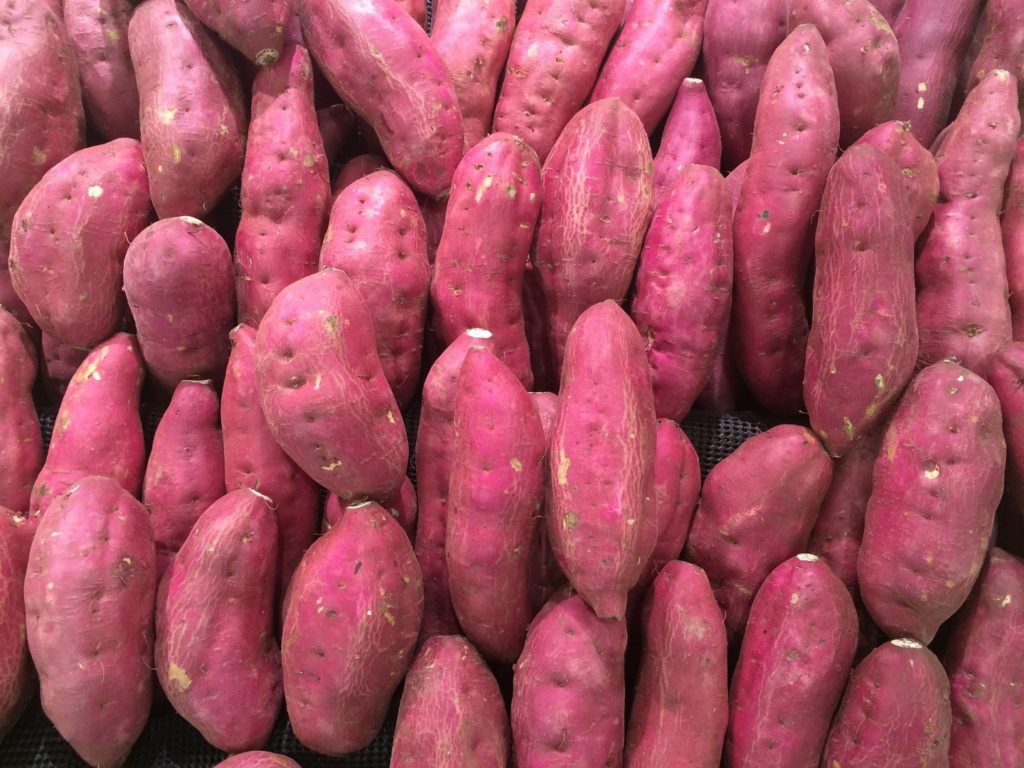
Unlike their more carb-rich and generally hated and loved cousins (the white potatoes), sweet potatoes contain less carbs and are very high in fiber. The biggest advantage that they have over the white potatoes, however, is their low glycemic index count, making them ideal for diabetics looking for a starch replacement to white rice. Other than that, sweet potatoes also has the following health benefits:
- They contain beta-carotene, the carotenoid that gives this root crop its orange color, that promotes good eyesight
- Contains a high amount of Vitamin C
- A good source of iron
- Contains plenty of plant-based protein
- A great source of fiber
According to the US Department of Agriculture a serving size of ½ cup is recommended for diabetics because that is equivalent to around 15 grams of carbohydrates.
The Right Portion Size
As always, pick the right portion size even when eating rice substitutes. These alternatives might contain less carbs and more nutrients than rice, however, they are still starch and from starch are carbs, and then sugar. Be mindful of the recommended portion size, especially if that’s what your doctor or nutritionist tells you.
Also, it wouldn’t hurt to take herbal supplement for diabetes while you’re doing meal plans. Herbal supplements for diabetes like Ampalaya Plus don’t just help you manage your blood sugar level. They also contain invaluable health benefits such as blood pressure support, cardiovascular support, and a lot more.

